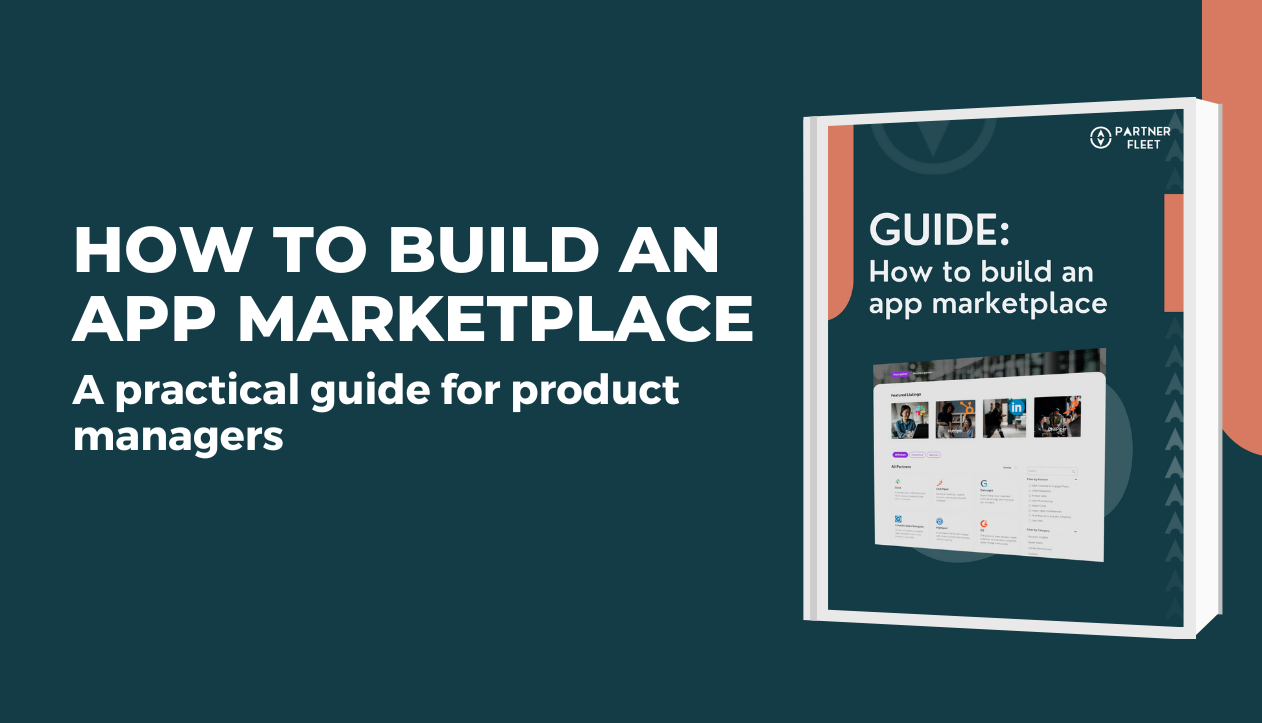Let’s be honest — not every iPaaS is built for the same job. Some are made for internal IT teams linking systems. Others are built for SaaS companies that want to sell integrations as part of their product.
Here’s a breakdown of the top-rated iPaaS and embedded integration platforms for 2025, including which tools actually deliver on unified APIs and scalable, cloud-based integrations.
What is an embedded iPaaS
An embedded iPaaS (Integration Platform as a Service) lets a SaaS company build integrations into their product, rather than just connecting tools internally.
That means your customers can activate integrations inside your app without you building or maintaining every API connection yourself.
Instead of saying “we integrate with HubSpot, Salesforce, and Slack” and coding each manually, you use an embedded iPaaS to handle:
- Integration logic (data mapping, triggers, workflows)
- API management (auth, versioning, security)
- User experience (marketplace, setup screens, or toggles inside your app)
How an embedded iPaaS differs from traditional iPaaS
A traditional iPaaS like MuleSoft, Boomi, or SnapLogic is built for internal integration — connecting your systems (ERP, CRM, analytics, etc.) behind the scenes.
An embedded iPaaS is built for external integration — letting your customers connect their systems to your product.
If you’re building a product and want integrations to be a feature of your app, look at an embedded iPaaS.
If you just need to connect your internal stack, a traditional iPaaS will do the trick.
Top Traditional iPaaS Platforms (for internal and enterprise integrations)
1. MuleSoft Anypoint Platform
Best for: Large enterprises with complex, multi-system environments (cloud + on-prem) needing API governance, security, and scale.
Pricing: Custom. Reported median ~$79K/year, with large deals reaching $200K+. Usage-based (flows/messages).
Setup: Multi-month implementation requiring architecture design and dedicated engineers.
Get started: 30-day free trial available on Salesforce’s site; full licenses through sales.
Summary: The heavyweight choice for global organizations standardizing APIs and integrations across business units.
2. Boomi (Dell Boomi)
Best for: Mid-market and enterprise organizations connecting multiple applications or data systems.
Pricing: Custom quotes; small plans estimated around $1,000/month. 30-day free trial available.
Setup: Prebuilt connectors and templates simplify setup, but technical oversight is still required.
Get started: Start with a trial, define scope (apps/data to connect), then move to production.
Summary: One of the most mature and stable iPaaS platforms for companies that need broad connectivity and long-term scalability.
3. Celigo
Best for: Mid-sized companies wanting predictable pricing and faster setup. Also viable for SaaS teams embedding simple integrations.
Pricing: Flat-rate model based on endpoints and flows (not per task). Estimated $12.8K–$25.5K/year for smaller businesses.
Setup: User-friendly UI, prebuilt connectors, short ramp.
Get started: 30-day free trial.
Summary: A cost-transparent option for teams prioritizing time-to-value over complex customization.
Top Embedded iPaaS Platforms (for SaaS products and customer-facing integrations)
4. Workato Embedded
Best for: SaaS companies and larger orgs that want to deliver customer-facing integrations and automate internal workflows.
Pricing: Starting around $10K/year; enterprise plans exceed $50K. Usage fees for tasks/jobs.
Setup: Low-code builder (“recipes”) with strong governance features.
Get started: Trial account available; requires sales engagement for production use.
Summary: Combines integration and workflow automation, with an embedded edition for SaaS products.
5. Tray.io Embedded
Best for: SaaS teams building integrations into their product or enabling non-technical users to self-serve.
Pricing: Starts around $500/month; usage-based tiers for scale.
Setup: Visual drag-and-drop workflow builder; flexible and fast to deploy.
Get started: Free trial available.
Summary: Ideal hybrid platform for both internal automations and embedded integrations, offering SDKs and APIs for custom UI experiences.
6. Paragon
Best for: B2B SaaS companies treating integrations as part of their product UX. Perfect for creating in-app integration marketplaces or partner ecosystems.
Pricing: Custom quotes, often starting in the low five figures annually.
Setup: Developer-friendly platform supporting SDKs, custom connectors, and authentication flows.
Get started: Free trial on site, followed by sales engagement.
Summary: Purpose-built for SaaS products. Handles auth, configuration, and UX so customers can manage integrations inside your app.
7. Make (formerly Integromat)
Best for: Smaller businesses and operations teams connecting tools quickly without developers.
Pricing: Transparent pricing with free and paid tiers; paid plans start at $9/month.
Setup: Very fast; drag-and-drop builder with prebuilt scenarios.
Get started: Create a free account, connect apps, and build workflows.
Summary: Best for internal automations and SMBs needing simplicity over scale. Not a true embedded iPaaS, but fills a similar role for lightweight integrations.
The limitations of iPaaS (why scale requires an open ecosystem)
Even the best iPaaS tools hit a ceiling. They’re great for solving internal connectivity problems or for quickly offering a few common integrations, but they aren’t designed to scale an ecosystem.
Here’s why:
- They don’t increase integration supply. You still have to decide, scope, and fund each new integration. iPaaS platforms make it easier to build, but they don’t attract new developers to build for you.
- They create dependency on your team. Every connector, workflow, and schema lives inside your account, owned by your developers or admins — not by your partners or external contributors.
- They limit quality and depth. Most iPaaS connectors are surface-level data syncs (send contact, update record, etc.). They rarely offer the custom logic, rich UX, and deep API capabilities that productized integrations require.
- They don’t create network effects. An iPaaS scales connections, not ecosystems. Once you’ve integrated your top 10 tools, growth plateaus unless you open up your platform for others to participate.
If you want true iPaaS-scale — hundreds of integrations, maintained by the people who know their products best — you need to go beyond internal automation and enablement.
Opening your ecosystem: more than APIs and docs
Most SaaS companies already have an API and a developer doc site. But that’s not enough to drive ecosystem participation.
To actually grow the number and quality of integrations, you need:
- A developer onboarding system with clear steps, guidelines, and resources
- Visibility into who’s building and where they are in the process
- Self-service tools for authentication, sandbox access, and submission
- A showcase where finished integrations can be published and discovered by customers
In other words, you need the infrastructure that supports developers — not just the endpoints they can hit.
How Partner Fleet helps you go beyond iPaaS
Partner Fleet gives you that infrastructure. Our Developer Portal + App Marketplace Platform helps SaaS companies open their ecosystem safely and scalably.
- The Developer Portal gives external (and internal) builders everything they need to create, test, and submit integrations — complete with documentation, submission forms, and review workflows.
- The App Marketplace automatically showcases those integrations both inside your product and on your website, helping users discover and activate them in one place.
Together, they turn your iPaaS-powered connections into an open, self-sustaining ecosystem.




